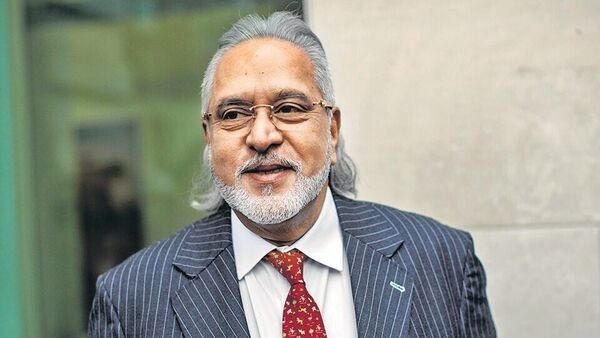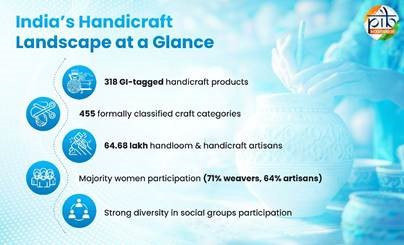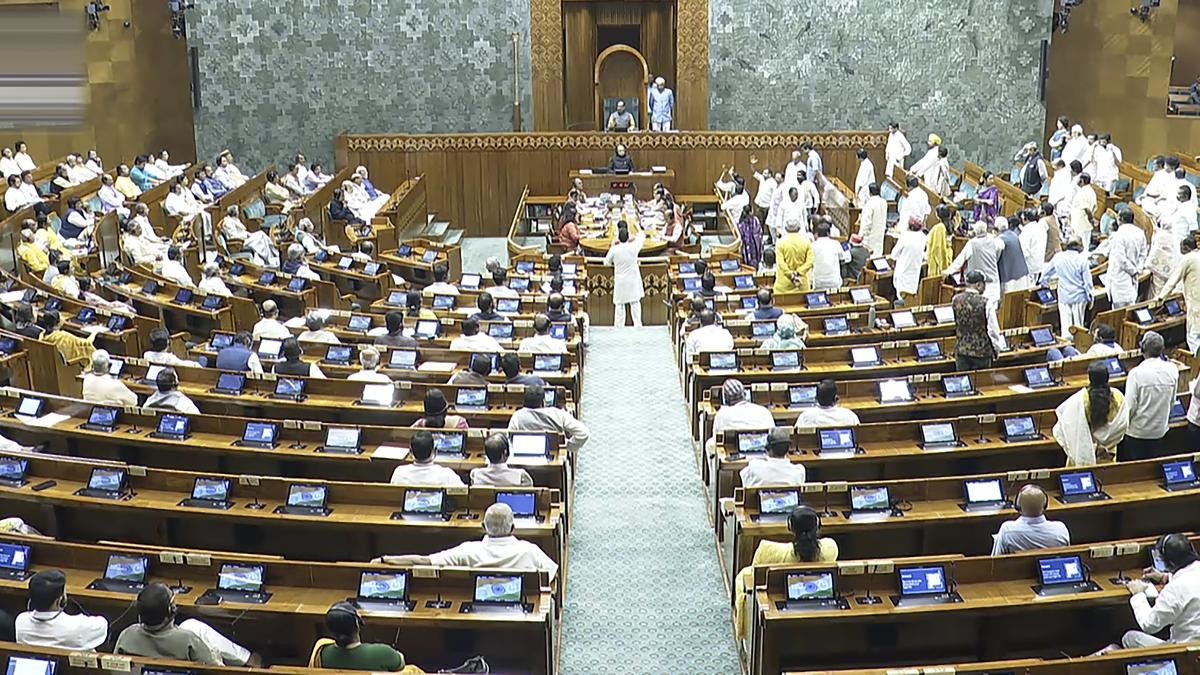Copyright infringement not intended
Picture Courtesy: The Hindu
Context:
On September 17, 2025, the U.S. Federal Reserve reduced its key interest rate by 0.25 percentage points, lowering it from 4.3% to 4.1%.
How it impacts Indian Economy?
Capital Flows & Equity Markets: Lower U.S. interest rates tend to reduce returns on U.S. Treasury and dollar‑based assets, which can make emerging markets like India relatively more attractive to foreign institutional investors (FIIs).
Exchange Rate & Import/Export Dynamics: A Fed rate cut often weakens the U.S. dollar, which may strengthen the Indian rupee (INR) relative to the dollar. A stronger rupee can make imports cheaper (helping inflation) but can make Indian exports less competitive.
Domestic Monetary Policy Space: Because global rates are easing, the Reserve Bank of India (RBI) may feel less external pressure to keep its policy rate high solely for foreign‑capital or currency defence. This potentially gives RBI space to ease domestic rates, support growth.
Current Status:
- The Fed lowered its benchmark federal‑funds rate by 25 percentage points to a target range of 4.00%‑4.25%.
- The labor market is showing signs of weakness, which is one of the main reasons the Fed shifted toward easing.
- Inflation is still above target (around ~2.9% year‑on‑year) which limits how aggressive the Fed can be.
Benefits for India:
Lower Borrowing Costs:
- Easier global liquidity may allow the Reserve Bank of India (RBI) to reduce domestic interest rates gradually
- Helps sectors like real estate, infrastructure, and automobiles.
Stronger Rupee / Reduced Import Costs
- A weaker U.S. dollar can strengthen the Indian rupee.
- Cheaper imports (crude oil, electronics) help control inflation.
Attraction of Foreign Investment
- Lower U.S. rates make India more attractive for foreign institutional investors (FIIs).
- Can boost equity and debt inflows, supporting capital markets.
Support for Growth & Employment: Easier finance and higher investment can stimulate domestic consumption and hiring.
Risks for India:
- Equity Market Volatility: Despite rate cuts, high valuations and weak corporate earnings may limit FII inflows.
- Export Challenges: Slower U.S. growth or stronger rupee could reduce demand for Indian exports, particularly IT and services.
- Over-Reliance on Global Liquidity: Dependence on foreign inflows may expose India to sudden capital outflows if global sentiment shifts.
- Policy Trade-Offs: RBI may face constraints in easing rates if domestic inflation or fiscal pressures persist.
Implications for Indian policy &strategy:
- RBI should balance global easing with domestic fundamentals—lowering rates gradually when inflation and financial stability permit.
- Capital market regulators and government should address structural issues (corporate earnings, banking sector health, export competitiveness) so India can fully leverage global liquidity.
- Focus on improving export sectors and reducing dependencies, as global growth slowdowns could mute benefits of global monetary easing.
- Maintain macro discipline (fiscal, inflation, currency) so that potential inflows from global rate cuts are utilised productively (investment, infrastructure) rather than fueling asset bubbles.
Challenges:
- Currency Volatility: Fed rate cuts may lead to capital outflows or inflows, causing fluctuations in the INR.
- Inflationary Pressures: Imported inflation could rise if the dollar weakens or commodity prices surge.
- Capital Flow Uncertainty: Sudden global rate changes may trigger portfolio outflows from Indian markets.
- Domestic Growth Constraints: Despite lower rates, credit transmission to businesses and consumers may remain slow.
- Fiscal Pressure: Increased government borrowing to boost growth may strain fiscal deficit targets.
- Banking & Financial Sector Risks: Faster credit expansion could increase NPAs (non-performing assets) if lending standards slip.
Way Forward:
- Strengthen Monetary Policy Coordination: The RBI should continue balancing growth and inflation, adjusting repo and reverse repo rates carefully.
- Boost Credit Flow to Key Sectors: Facilitate bank lending to MSMEs, infrastructure, and exports to take advantage of cheaper global capital.
- Manage Currency & External Sector Risks: Maintain sufficient forex reserves to stabilize the INR amid volatile capital flows.
- Enhance Structural Reforms: Accelerate labour, land, and tax reforms to attract foreign investment and improve ease of doing business and digital infrastructure to strengthen domestic demand.
- Promote Domestic Demand & Job Creation: Focus on public investment in infrastructure, health, and education to boost employment.
- Strengthen Financial Stability: Monitor banking and non-banking financial institutions to prevent credit risk.
Conclusion:
The US Federal Reserve’s rate cuts present both opportunities and challenges for India. Lower global interest rates can reduce borrowing costs, boost exports, and attract investment, supporting economic growth. However, risks like currency volatility, inflation, and financial sector stress require careful monitoring. A balanced approach—combining monetary policy, fiscal prudence, structural reforms, and targeted stimulus—will help India leverage global conditions while safeguarding domestic stability and long-term growth.
Source: The Hindu
|
Practice Question
Q. The recent US Federal Reserve rate cuts have significant implications for the Indian economy.”
Discuss the impact, challenges, and way forward for India in light of these global developments. (250 words)
|
Frequently Asked Questions (FAQs)
It is the lowering of the key interest rate by the US central bank to make borrowing cheaper and stimulate the economy.
Lower US rates influence capital flows, currency exchange, global borrowing costs, and investor sentiment, impacting India’s economy.
Cheaper capital inflows, reduced borrowing costs for businesses, and potential boost to exports and investments.











